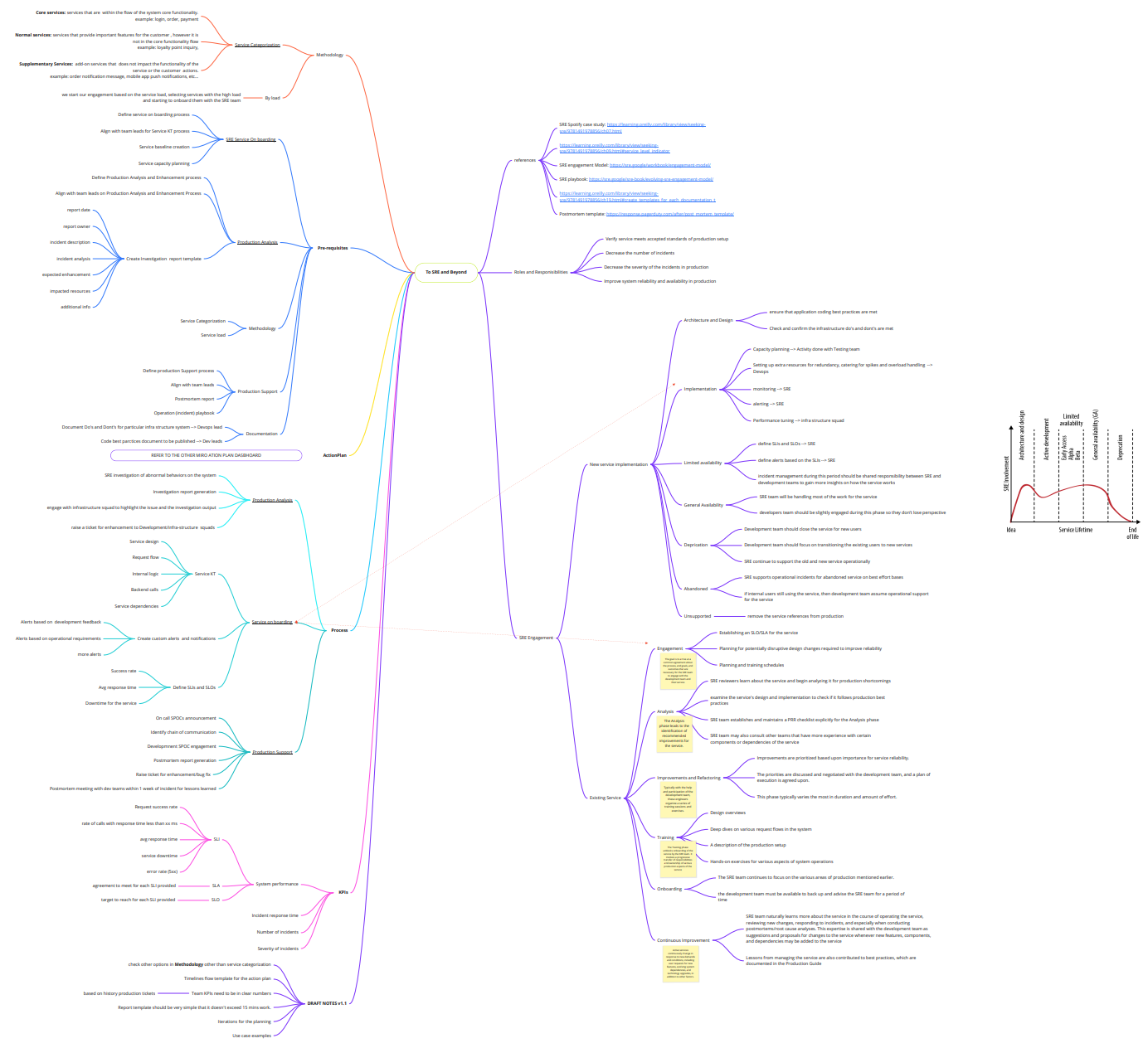For our latest StackPod episode , we invited Hyke’s DevOps team lead and AWS Cloud architect: Yousef Sedky . Axiom Telecom is one of the largest telephone retailers in the United Arab Emirates and Saudi Arabia and Hyke , its sister company, is a distribution platform for mobile products.
Yousef joined Hyke about 2.5 years ago. His first challenge was to build the architecture from scratch, which was a great experience for him. "All the logistics you don't know about when you're in a corporate company, you come to do it by yourself in a startup company," says Yousef. Yousef and his team learned a lot about DevOps principles and how to incorporate them into their practice, like CI/CD, infrastructure as code, production control, security, centralized logging and monitoring.
At the same time, Hyke was growing very fast, so Yousef and his team decided to implement the SRE practice so that they could continue to deploy quickly. “We started to go deep on learning,” says Yousef. “How do other companies do it? Big companies like Amazon, Facebook and Google are deploying to production with zero down time. They could actually be deploying multiple releases without us even knowing.”
In this episode , Yousef shares his insights and learning with host Anthony Evans about his journey while building an infrastructure from scratch and implementing an SRE practice:
How did Yousef and his team implement DevOps concepts in the most productive way, instead of just doing what everybody else does?
What steps did they take to implement an SRE practice from scratch?
How did they decide what tools to use?
How did Yousef and his team make sure the rest of the organization was on board with the SRE practice?
What does infrastructure as code mean and why did they introduce it?
During the episode, Yousef talks about their SRE MindMap that they revise from time to time. They take a new part of it and then customize it into their Hyke stack.

Finally, here are some useful links that Yousef shared with us if you want to implement an SRE practice into your organization:
Listen to the full episode here , subscribe to the StackPod on Spotify and Apple Podcasts and follow us on LinkedIn to stay up to date on new episodes we launch. Enjoy the episode!



